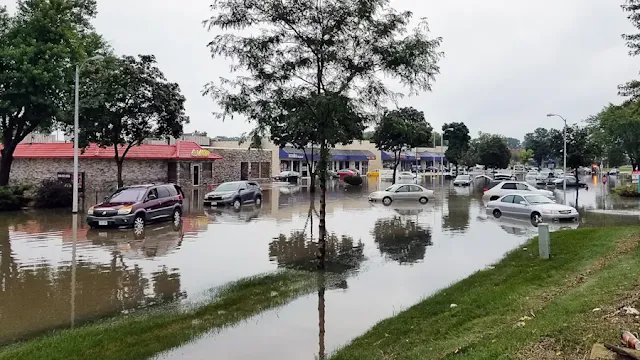How much does premium go up after a crash
Teen car accidents are a significant concern for parents, insurers, and the teens themselves. As new drivers, teenagers are more prone to accidents due to their lack of experience and sometimes risky behaviors. This increased risk translates directly into higher insurance premiums. Understanding the dynamics of teen car accidents and the consequent rise in insurance premiums can help parents and teens take proactive steps to manage costs and enhance safety.
Every time a driver gets behind the wheel, they face the potential for a collision. However, young drivers are statistically more likely to be involved in traffic accidents than older drivers.
Teen drivers often drive fast: Many teenagers feel invincible and believe they won't be seriously injured in an accident due to their youth. This mindset leads them to drive faster than older drivers. Consequently, young people are more likely to be involved in accidents because they tend to speed more frequently.
Cost to adding a teenager to Car Insurance
Why Teen Drivers Are at Higher Risk
Lack of Experience: Teen drivers are still learning how to navigate the roads, understand traffic laws, and react to unexpected situations. This inexperience makes them more susceptible to accidents.
Risky Behaviors: Teens are more likely to engage in risky driving behaviors such as speeding, not wearing seat belts, and using mobile devices while driving. These behaviors significantly increase the likelihood of accidents.
Peer Pressure: The presence of friends in the car can distract teen drivers and lead to riskier driving practices. Studies show that teen drivers with peer passengers are more likely to be involved in accidents.
Nighttime Driving: Driving at night is particularly hazardous for teen drivers due to reduced visibility and higher instances of fatigue. Unfortunately, many teen accidents occur during nighttime hours.
Impact of Teen Accidents on Insurance Premiums
Higher Risk Equals Higher Premiums: Insurance companies use statistical data to assess risk. Since teens are more likely to be involved in accidents, they are deemed higher risk, resulting in higher premiums.
Accident Frequency: If a teen is involved in an accident, their insurance premiums can spike significantly. Even a single accident can lead to a substantial increase in the cost of insurance.
Severity of Accidents: The severity of accidents also affects premiums. More severe accidents that result in significant damage or injuries will cause a higher spike in insurance costs.
Tickets and Violations: Accumulating traffic violations, such as speeding tickets, can further increase a teen's insurance premiums. These infractions signal risky driving behavior to insurers.
Strategies to Mitigate Insurance Premium Increases
Driver Education: Enrolling teens in driver education courses can help them develop safe driving habits and often leads to discounts on insurance premiums.
Good Student Discounts: Many insurance companies offer discounts for teens who maintain good grades. This is based on the assumption that responsible students are also responsible drivers.
Safe Driving Apps: Some insurers provide apps that monitor driving habits. Encouraging teens to use these apps can promote safe driving and potentially lead to lower premiums.
Choose the Right Vehicle: Insuring a safer, less powerful vehicle can help reduce insurance costs. High-performance cars are more expensive to insure, especially for teens.
Increase Deductibles: Opting for a higher deductible can lower the overall insurance premium. However, it’s important to ensure that the deductible is affordable in case of an accident.
Bundle Insurance Policies: Bundling car insurance with other insurance policies, such as home insurance, can lead to significant discounts.
The Role of Parents
Setting Rules and Expectations: Parents should set clear rules for their teen drivers, such as limiting nighttime driving and the number of passengers allowed in the car.
Lead by Example: Teens learn by observing. Parents who demonstrate safe driving habits can positively influence their teen’s driving behavior.
Regular Check-ins: Frequent discussions about driving safety and regular check-ins on driving habits can reinforce the importance of responsible driving.
Teen car accidents are a major factor in the high insurance premiums for young drivers. By understanding the risks and taking proactive measures, parents and teens can work together to improve driving safety and manage insurance costs. Investing in driver education, maintaining good grades, and choosing safe vehicles are just a few strategies that can help mitigate the financial impact of teen car accidents on insurance premiums. Ultimately, promoting safe driving habits will not only lower costs but also protect the lives of young drivers and their passengers.
Do You Need Car Insurance with a Learner's Permit?










